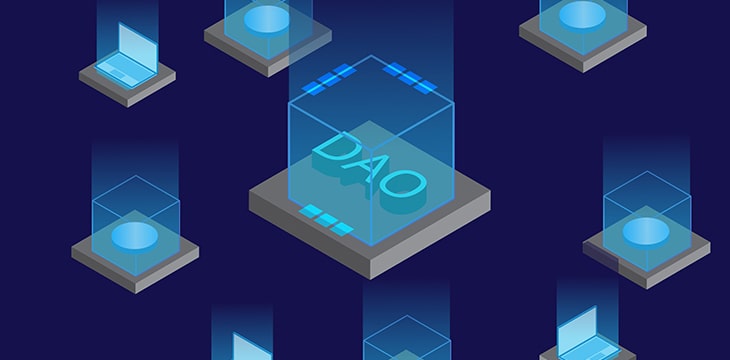|
Getting your Trinity Audio player ready...
|
This post originally appeared on ZeMing M. Gao’s website, and we republished with permission from the author. Read the full piece here.
The delusion of DAOs (Decentralized Autonomous Organizations) being out of the reach of law is just an extension of the old fancy of using an invisibility cloak to commit an illicit act.
Here is the catch: as long as the scheme has a connection and an effect in the real world, law can, and should, reach it.
Even a DAO in the so-called metaverse falls within the jurisdiction of the real-world law, as long as it has any effect in the real world.
Founders of a DAO constitute a real-world entity, incorporated or not. Ditto the actors of a DAO, albeit with different responsibilities.
So far, most DAOs have been created by people who were influenced by the “crypto” narratives playing magic on the words “decentralized” and “autonomous.”
A recent court decision to allow issuing and serving summons through help chat box is, therefore, a shock to people hiding behind DAOs and thinking they can never be reached, especially when they are anonymous.
You can still build DAOs
The above does not mean that one should never do DAO for any reason. It just means that one should not be doing one under a delusion that somehow a DAO will help you avoid legal and business responsibilities. The words “decentralized” and “autonomous” are not magic wands to make such responsibilities disappear, but unfortunately, they do have that magic make-believe effect due to misleading cultish crypto narratives that have been dominating the field.
Design your DAO like a regular product or business to achieve better security and higher productivity, bearing all the responsibilities.
Security starts from a secure blockchain that has true Proof-of-Work (PoW) to prevent corruption, rather than a consensus mechanism such as Proof-of-Stake (PoS) that is inherently corruptible.
Productivity not only has to do with the business model of your DAO itself, but also has to do with the scalability and the cost of transaction of the underlying blockchain.
DAO and the ‘Code is Law’ mantra
Although Bitcoin and Ethereum are not strictly DAOs, it is the same mentality that prevails in their community, particularly the core developers.
The “Code is law” mantra, for example, isn’t only used to emphasize the automated power of the code but to also enact a “digital veil” to shield the human actors from the real world responsibilities.
So far, whether the “digital veil” is legit or not, it has created a powerful psychological effect among people, making it very convenient for bad actors to fool the public.
Now, given the public’s continuing lack of cognitive abilities to understand these matters, it appears that the court is the last hope.
Only Bitcon SV is transparent about it. The base protocol is locked.
Developers have zero power to change the protocol. Bitcoin Association is under a legal mandate to make sure the base protocol is not changed (rather than to decide how the protocol can be changed). And none of them has any illusion that the law would not reach them. Rather, they act with the presumption that not only are they subject to the law, but they must also actively support the rule of law.
Watch: The BSV Global Blockchain Convention presentation, Making Blockchain Easy for Real World Use

 12-20-2025
12-20-2025 




